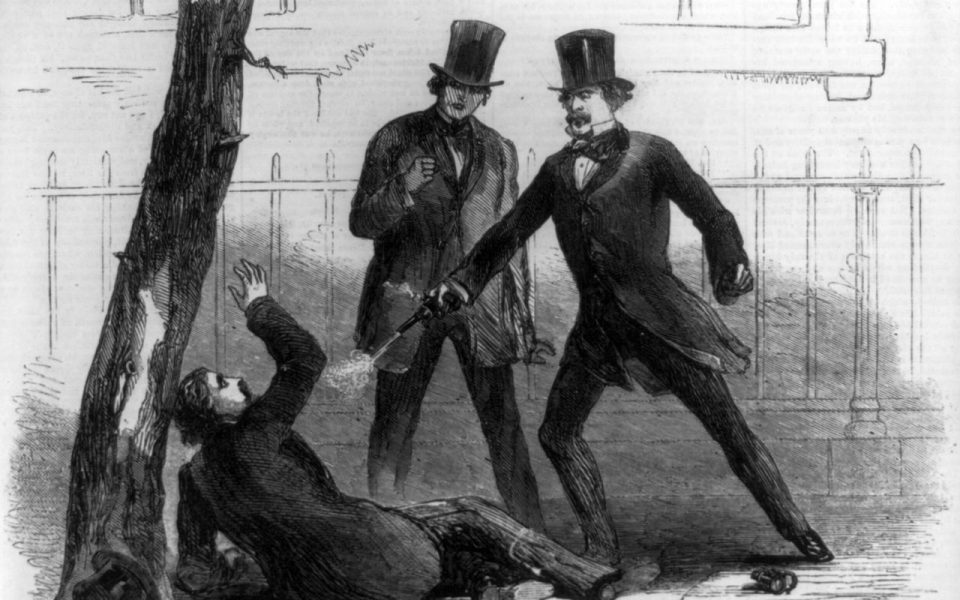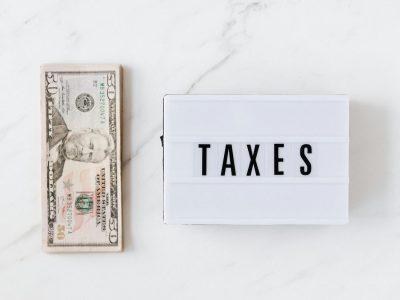After years of relative stability, the homicide rate in US cities made an abrupt, unforeseen and significant jump beginning in 2015. Greensboro and, to a lesser extent, Winston-Salem fit the pattern.
After bumping along at eight or nine homicides per 100,000 residents between 2008 and 2014, the rate rose to 10 in Greensboro in 2015, and then to 13 in 2016. The homicide rate is on course to reach 15 in Greensboro by the end of the year, the highest since 2007. Winston-Salem experienced six homicides per 100,000 residents in 2014 and 2015, with a jump to nine in 2016. This year, the city is on course to reach 10. High Point stands out for its explosive homicide rate: After seven homicides per 100,000 residents in 2015 and 2016, the city is on track to record 17 by the end of the year.
Sudden increases in crime are ripe for exploitation by demagogues eager to promote social panic, racial resentment and reactionary politics. Exhibit 1: Dr. Joseph Guarino — author of the Triad Conservative blog — who blames Greensboro’s homicide rise on Greensboro City Council, and yes — believe it or not — Triad City Beat. Guarino faults Managing Editor Eric Ginsburg for “us[ing] connections with the New York Times to plant an inflammatory story regarding traffic stops,” when in fact he assisted the lead reporter as a researcher. The theory might not be utterly laughable if Greensboro was the only US city to experience a rise in homicides. (Among other reasons Guarino should be dismissed as a dangerous fool is his antisemitic habit of pointing out that people he dislikes are Jewish, while promoting the false notion that Christians in the United States are under attack.)
In all seriousness, the rise in homicides is disturbing and stubbornly intransigent. Although the particulars of Guarino’s argument are ridiculous, it is a variant of a respected theory in criminology circles known as “the Ferguson effect.” Popularized by conservative Manhattan Institute fellow Heather Mac Donald, the theory posits that in the wake of highly charged incidents of use of force, the police pull back from proactive enforcement, making fewer arrests and minimizing citizen interactions, which then leads to more crime. Another version of “the Ferguson effect,” which has been explored in the pages of TCB — most recently in our June 2017 cover story, “Unsolved homicides leave family members wondering if black lives matter” — focuses on the question of police legitimacy. The thesis holds that if citizens view the police more as an occupying force than a protector, they’re less likely to report crime, leading to a culture of impunity and vigilante justice.
These two theories are explored in a new paper prepared by the National Institute of Justice for the US Department of Justice. The paper also points out that the explosion of the opioid crisis took place around the same time as the rise in homicides, but sets that theory aside with relative ease: As measured by fatal overdoses, heroin and opioid addiction primarily affects whites. People tend to buy and sell drugs within social networks that reflect their ethnic community. Therefore, if the opioid crisis was driving the increase in homicides, then only white people would be committing more homicides, which is not the case.
In contrast to the simplistic explanation offered by Guarino, the researchers at the National Institute of Justice are cautious about claiming to have a definitive answer. “The arrest data for large cities provide ambiguous support, at best, for the de-policing version of the Ferguson effect,” the authors write. As for the flipside: “The picture that emerges from prior research on procedural justice, police legitimacy, public reliance on and cooperation with the police, and controversial incidents of police use of force — and the extent to which any or all of these conditions explain recent homicide increases in US cities — is complex and uncertain.” More research needed.
Join the First Amendment Society, a membership that goes directly to funding TCB‘s newsroom.
We believe that reporting can save the world.
The TCB First Amendment Society recognizes the vital role of a free, unfettered press with a bundling of local experiences designed to build community, and unique engagements with our newsroom that will help you understand, and shape, local journalism’s critical role in uplifting the people in our cities.
All revenue goes directly into the newsroom as reporters’ salaries and freelance commissions.





You say the answer is uncertain but proceed to challenge Guarino and Heather McDonald’s theories. Jordan the study you cite but don’t link https://thecrimereport.org/2017/11/16/investigating-the-homicide-bump-federal-report/
“NIJ stipulates that “current evidence that links de-policing to the homicide rise is mixed, at best,” and that it remains an ‘open research question’ ”
“Researchers need better data to measure the affects of the opioid crisis, according to the report. Drug arrests are not a reliable indicator, since they are “a product of both police enforcement and
criminal conduct,’ ”
As if further research wouldn’t support the de-policing postulation.
The USDOJ got ripped off by this iffy, fence sitting study that could have been written by Alfred E. Neuman.
Baltimore has de-policed and look at the unhappy result with an anti police Democrat Mayor and an anti-police DA.
http://www.baltimoresun.com/news/maryland/crime/bs-md-ci-319-homicide-20171130-story.html